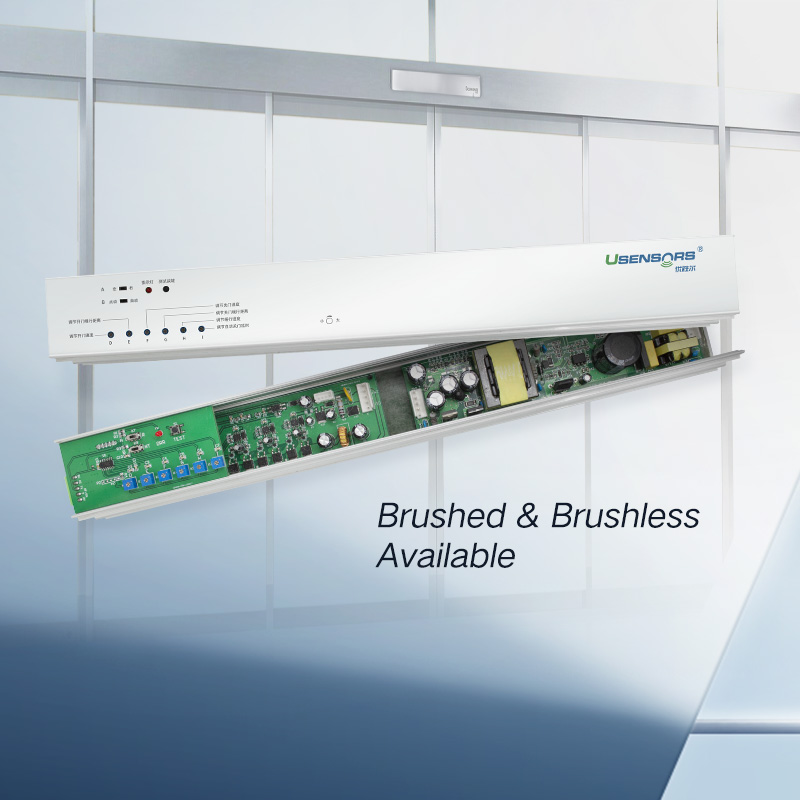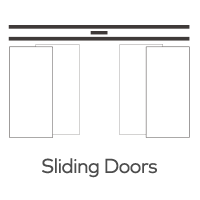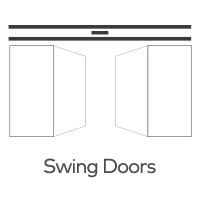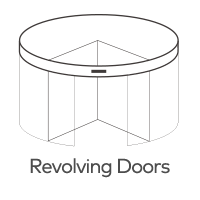Are there options for integrating motion sensors or touchless technology with automatic sliding door controllers in response to current health concerns?
In today's world, health concerns and the need for enhanced hygiene have prompted a growing demand for touchless and contactless solutions. This shift is particularly evident in public spaces, where the use of automatic sliding doors is commonplace. To address these concerns and offer greater convenience, integrating motion sensors and touchless technology with automatic sliding door controllers has become increasingly popular. In this article, we will explore the options available for incorporating these technologies into your automatic sliding door system.

Motion Sensors: Enhancing Convenience and Hygiene
Motion sensors are a common addition to automatic sliding door controllers, offering several benefits:
1. Hands-Free Operation: Motion sensors detect the presence of individuals approaching the door and trigger the door to open without the need for physical contact. This hands-free operation minimizes the risk of contamination and provides a seamless entry experience.
2. Improved Accessibility: Motion sensors enhance accessibility for individuals with mobility challenges. The doors can open automatically when someone with limited mobility approaches, offering greater inclusivity.
3. Energy Efficiency: By opening the door only when someone is nearby, motion sensors contribute to energy savings by minimizing unnecessary door activations. This is especially advantageous for climate-controlled indoor environments.
4. Customizable Settings: Many automatic sliding door controllers with motion sensors offer adjustable settings, allowing you to fine-tune the sensor's sensitivity and the door's opening speed to suit your specific needs.
Touchless Technology: An Added Layer of Safety
Beyond motion sensors, touchless technology can further enhance safety and hygiene:
1. Wave-to-Open Sensors: Wave-to-open sensors are designed to detect a hand gesture or a wave in front of the sensor. These sensors can trigger the door to open without any physical contact, offering a high level of hygiene and convenience.
2. Proximity Sensors: Proximity sensors use infrared or other technologies to detect the presence of individuals without the need for physical touch. They can activate the door when someone approaches, providing a touchless entry experience.
3. Mobile App Integration: Some advanced automatic sliding door controllers can integrate with mobile apps, allowing users to control the door from their smartphones. This touchless approach minimizes the need for shared physical interfaces.
Health and Safety in the Current Landscape
Given the ongoing concerns about the transmission of viruses, such as the flu and COVID-19, integrating motion sensors and touchless technology with automatic sliding door controllers is a proactive step for businesses and public spaces. These technologies not only enhance convenience but also contribute to a safer and more hygienic environment for everyone.
Conclusion
The integration of motion sensors and touchless technology with automatic sliding door controllers represents a significant advancement in addressing health concerns and improving convenience in public spaces. Hands-free operation, improved accessibility, energy efficiency, and customizable settings make motion sensors a valuable addition. Meanwhile, touchless technology, including wave-to-open sensors, proximity sensors, and mobile app integration, takes hygiene and safety to a new level.
As businesses and institutions continue to adapt to evolving health and safety standards, the use of these technologies is likely to become more prevalent. Investing in touchless and contactless solutions for automatic sliding doors not only addresses current health concerns but also provides a lasting benefit by enhancing accessibility and convenience for all users.







